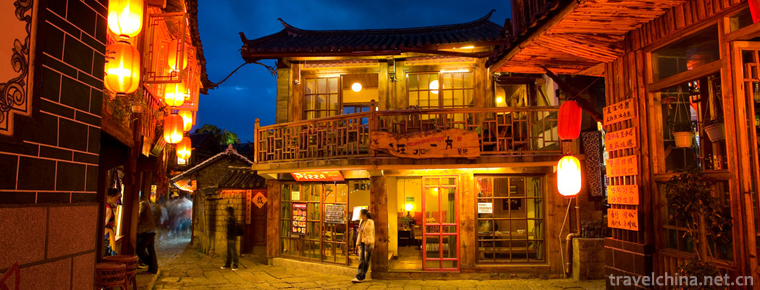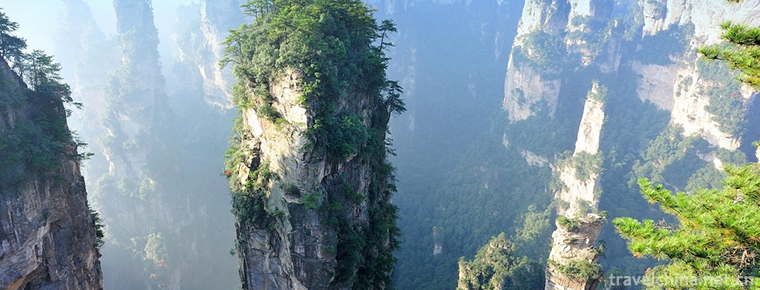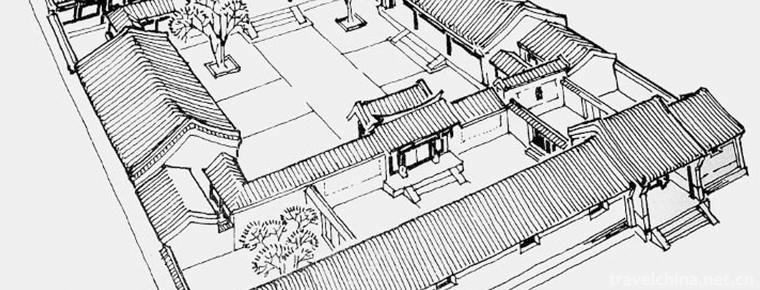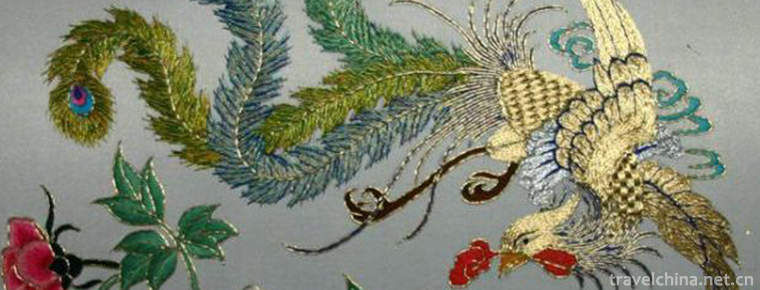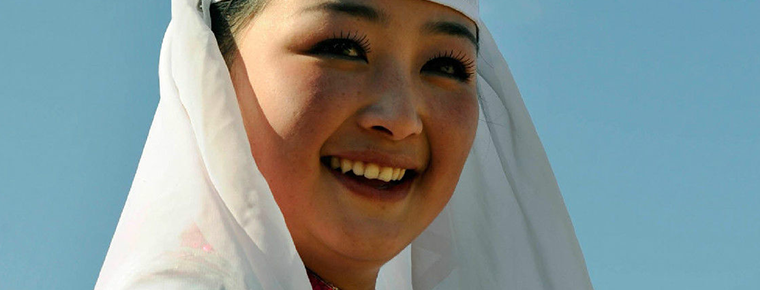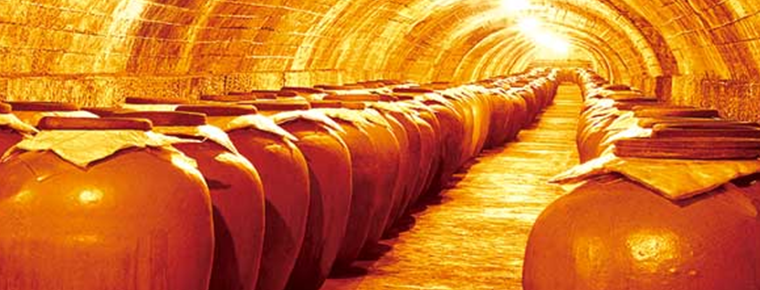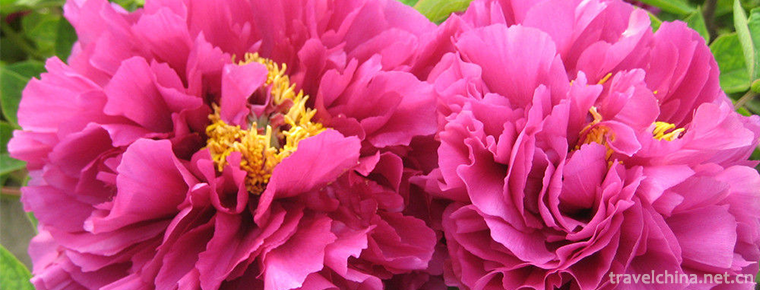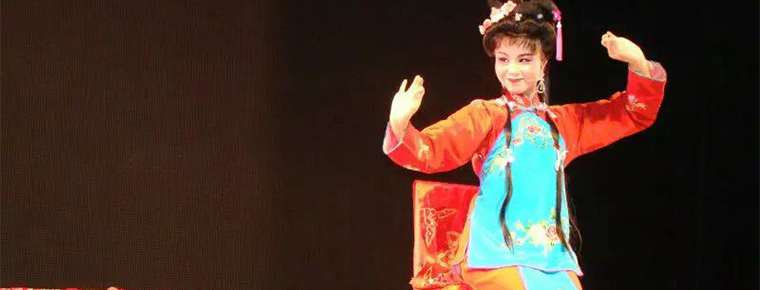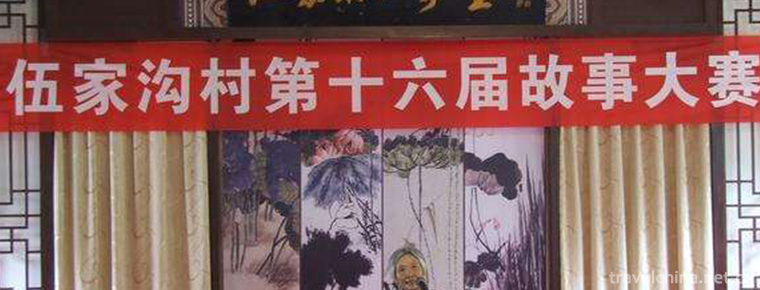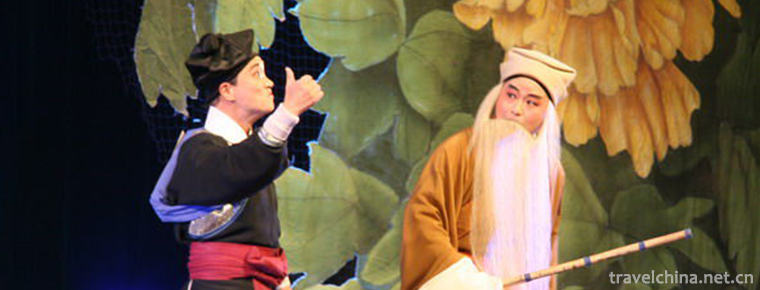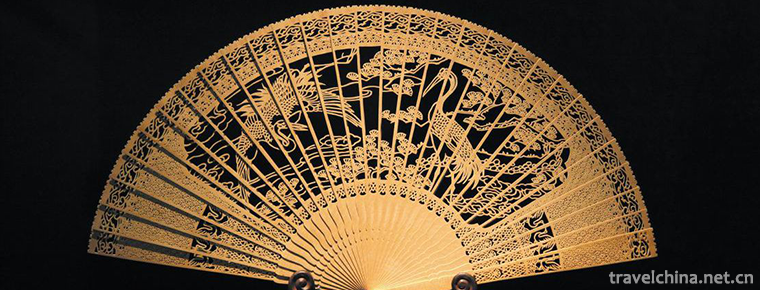Mingsha Mountain Crescent Spring Scenic Area
Mingsha Mountain Crescent Spring Scenic Spot is located 5 kilometers south of Dunhuang City, Gansu Province. It covers an area of 312,000 square kilometers, including Mingsha Mountain. It is 40 kilometers long in the west of Shandong Province, 20 kilometers wide in the north and south, and the main peak is 1715 meters above sea level. Crescent Spring is surrounded by Mingsha Mountain.
Mingsha Mountain Crescent Spring Scenic Spot, the main attractions are Crescent Spring, Mingsha Mountain. Crescent Moon Spring is surrounded by Mingsha Mountain. It is named after its shape resembles a crescent moon. Mingsha Mountain is located 5 kilometers away from the southern suburbs of Dunhuang City. It is named for its sandstorm. Mingsha Mountain is composed of quicksand with five colors of dividend, yellow, green, white and black.
Mingsha Mountain Crescent Spring Scenic Area was designated as a national key scenic spot in 1994, and won the honorary title of "one of the five most beautiful deserts in China". On July 20, 2015, it was approved as a national AAAAA tourist attraction.
In January 2016, the National Tourism Administration and the Ministry of Environmental Protection intend to identify Mingsha Mountain Crescent Spring scenic spot in Jiuquan City, Gansu Province as a national ecotourism demonstration area. In the 2008 Northwest China Tourism Marketing Conference and Tourism Equipment Exhibition, it was included in the "Magic Northwest 100 Sceneries" list.
Historical evolution
In the limited historical records and poems and lyrics, Yueya Spring has always been an interesting contrast with Mingsha Mountain, with its ripples of blue waves, shallow bottom of fishing and abundant water and grass. Among the local people, there are three treasures: Ironbacked Fish, Seven Stars Grass and Five Colors Sand.
Until 1960, there was no significant change in spring water, with a maximum depth of 9 meters and a lake area of 22.5 mu.
In the mid-1970s, the local reclamation, land reclamation, pumping irrigation and the destruction of surrounding vegetation in recent years led to a sharp decline in the groundwater level in Dunhuang, resulting in a sharp decline in the water level of Crescent Spring.
The minimum storage time of Crescent Spring was in 1985, when the average water depth of Crescent Spring was only 0.7 to 0.8 meters. Because of the lack of water, at that time, when the spring dried up, people could walk away, and the crescent spring formed two small springs that were no longer crescent-shaped. This makes "whether the Crescent Spring will disappear tomorrow" become the focus of many people's attention. Since then, Dunhuang City has adopted a variety of ways to replenish the Crescent Spring.
Mingsha Mountain Crescent Spring Scenic Spot, the master plan was compiled from 1992 to 1994. However, due to many reasons, such as the scope and time of the plan, the plan has not been approved.
Since 2000, Dunhuang has taken emergency measures to replenish the water level of Crescent Spring by recharging river water around the Crescent Spring, so that the Crescent Spring will not be exhausted temporarily. In 2004, the water level dropped to 1.3 meters and the spring area decreased to 7.8 mu.
In August 2007, the Landscape Architecture Institute of China Urban Construction Research Institute redesigned the scenic area planning entrusted by Mingsha Mountain and Yueyaquan Administration Office of Dunhuang City.
On May 12, 2010, the address of the commercial street project was selected on the east side of the Mountain Gate of Mingsha Mountain Crescent Spring Scenic Spot. The commercial building with the design of architecture, space and environment as the carrier, has one main floor and two partial floors. After more than three months of construction, on the basis of the original tourist service center, a gathering and distributing hall integrating tourism consultation, tour guide service, visitors'rest and temporary reception, as well as providing tourists' guided maps, tour brochures and postcards has been built.
On August 21, 2014, the Ministry of Housing and Urban-Rural Construction issued a "Letter from the Ministry of Housing and Urban-Rural Construction on the Detailed Planning of Mingsha Mountain-Yueyaquan Scenic Spot Key Areas", formally approving the detailed planning of the key areas of Mingsha Mountain and Yueyaquan Scenic Spot in Dunhuang City.
In late July 2015, Mingsha Mountain Crescent Spring scenic spot was promoted to 5A National Tourism Scenic spot.
April 13, 2018, was included in "Magic Northwest 100 Scenes".
geographical position
Mingsha Mountain Crescent Crescent Spring Scenic Spot is located 5 km south of Dunhuang City (coordinates: latitude 40 05 longitude 94 40). Mingsha Mountain is more than 40 kilometers long in the west of Shandong Province, about 20 kilometers wide in the north and south, and its main peak is 1715 meters above sea level. Crescent Spring is surrounded by Mingsha Mountain. The crescent moon spring is nearly 100 meters long in the north and south, about 25 meters wide in the East and west, shallow in the East and shallow in the west, and about 5 meters deep in the deepest part.
Climatic characteristics
Mingsha Mountain Crescent Spring Scenic Spot belongs to temperate continental climate. Cold winter and hot summer, large annual temperature difference, concentrated precipitation, four distinct seasons, annual rainfall less, continental strong. The average temperature in Dunhuang in January is - 7.9 C, the lowest temperature is - 22.2 C, the average temperature in July is 25.7 C, and the highest temperature is 38.9 C. The extreme maximum temperature is 60 C, the minimum temperature is 0.1 C, The average annual precipitation is about 39.9 mm. The annual precipitation varies greatly, and the distribution is uneven within the year, mainly in summer.
Resource situation
Water resources conditions
Mingsha Mountain Crescent Spring Scenic Spot is short of water resources. The average water level of the Crescent Spring is about 1.5 meters. Since July 2013, the water level of the Crescent Spring has risen by nearly 10 centimeters compared with April 2013, and the area of the Crescent Spring has obviously expanded.
Forest resources
Mingsha Mountain Crescent Moon Spring Scenic Spot has precious plant resources such as naked fruit trees, Populus euphratica forest, Haloxylon ammodendron forest and so on. Due to sufficient water, the vegetation around Crescent Moon Spring is flourishing.
In 2013, Dunhuang Municipal Government and Mingsha Mountain Crescent Crescent Spring Management Office dredged the Northeast Wind Channel, and established the Northeast Wind Channel on the north side of the scenic spot. In the north side of the scenic spot, a 500-meter wide buffer zone was established to control the height of buildings and trees in the zone and improve the vegetation coverage. The urban green space rate of Dunhuang reached 32.7%, the green coverage rate reached 36.8%, and the per capita green space area of parks increased to 11.86 square meters.
Main attractions
Mingsha Mountain Crescent Spring Scenic Spot includes Crescent Spring and Mingsha Mountain. The scenic area covers an area of 312,000 square kilometers.
Crescent Spring
Being surrounded by Mingsha Mountain, it resembles a crescent moon and gets its name. In ancient times, it was called Shajing, also known as Yaoquan. It was once falsely spread to the Owa Pool and the Crescent Moon Spring in Qing Dynasty. For thousands of years, sandy mountains surround springs. Springs reflect sandy mountains. In the deep valleys of sandy mountains, "the wind whistles with sands, and the springs reflect the moon without dust". Crescent Spring has four wonders: the shape of the crescent moon is as old as ever, the evil land flows into a spring, the sand is not submerged in the mountains, and the old fish in ancient pools are not old.
Mingsha Mountain
Mingsha Mountain is named for the sound of sand movement. It was called "Shajiao Mountain" and "Shensha Mountain" in ancient times. Mountains are formed by the accumulation of quicksand, which is about 40 kilometers long in East and west, 20 kilometers wide in North and south, and the highest elevation is 1715 meters. Its hills and ridges are interlinked, and its peaks are spectacular like blades. The sand is pink, yellow, green, white and black. It is sparkling and sparkling. In case of frictional vibration, it will be Yinyin voice, the sound of drum horns, light as silk bamboo, heavy as thunder. Therefore, "Shaling Qingming" is one of the "Eight Sceneries" of Dunhuang.
Thousand birds chase
"Hundred birds chase" has become a beautiful scene in the scenic area in winter. On December 11, 2014, thousands of sparrows flew, foraged and rested over Mingsha Mountain Crescent Spring scenic spot in Dunhuang City, Gansu Province, showing the scene of "thousands of birds chasing".
Tourist guide
Transport line
1. Dunhuang Airport has opened twelve routes to and from Beijing, Shanghai, Tianjin, Nanjing, Xi'an, Chengdu, Hangzhou, Lanzhou, Urumqi, Jiayuguan, Dalian and Turpan.
Inbound flights: Beijing, Shanghai, Tianjin, Nanjing, Xi'an, Lanzhou, Chengdu, Hangzhou, Urumqi, Jiayuguan, Dalian, Turpan to Dunhuang;
Outbound flights: Dunhuang to Beijing, Shanghai, Tianjin, Nanjing, Xi'an, Lanzhou, Chengdu, Hangzhou, Urumqi, Jiayuguan, Dalian, Turpan.
2. At present, the Dunhuang Railway Station has opened eight railway lines, namely, Lanzhou (k9667)Dunhuang (k9668), Xi'an (k591)Dunhuang (k592), Jiuquan (7527)Dunhuang (7528), Lanzhou (y667)Dunhuang (y668).
3. Bus: Dunhuang Railway Station, Airport to Dunhuang City Bus One-way fare is 3 yuan per person. From urban area to Mingsha Mountain Crescent Spring scenic spot, you can take No. 3 bus from circling road to Mingsha Mountain Crescent Spring scenic spot at the terminal, and the fare is 1 yuan per person. (About ten minutes from downtown Dunhuang)
4. Taxi: The fare from taxi to scenic spot in Dunhuang city is 10-15 yuan per person.
5. Chartered car: Mingsha Mountain scenic spot belongs to the eastern line. The cost of Mogao Grottoes + Mingsha Mountain on the four-seat eastern line is about 150-200 yuan.
Tourist route
There are two tourist routes in Mingsha Mountain Crescent Spring Scenic Spot: one for sightseeing and the other for leisure and entertainment.
Sightseeing tour route: Mingyue Square archway - Tiebei Fish Park - Mingsha Mountain - Mingyue Pavilion - Crescent Spring, enjoy the desert natural scenery, climb the magical Mingsha Mountain.
Leisure and entertainment routes: Mingyue Square archway - Riding Camel - Mingsha Shandong Peak - Tiebei Fish Park - Crescent Spring.













-
Lijiang Ancient Town
Lijiang Ancient City is located in the ancient city of Lijiang City, Yunnan Province.
Views: 207 Time 2018-10-17 -
zhangjiajie national forest park Avatar Filming place
Zhangjiajie national Forest Park is located in Zhangjiajie City, northwest of Hunan province. On September 25, 1982, with the approval of the State Council of the People's Republic of China.
Views: 210 Time 2018-10-28 -
Traditional Building Techniques of Beijing Siheyuan
Beijing quadrangle traditional craftsmanship, Beijing local traditional handicraft, one of the national intangible cultural heritage..
Views: 662 Time 2019-04-04 -
One Man show
A kind of folk art. It is usually performed by one or two or three people. It is lively and funny, close to northern crosstalk. It is popular in Shanghai, Hangzhou and other places..
Views: 99 Time 2019-04-28 -
Han Embroidery
Han embroidery, one of the traditional embroidery techniques with Chinese characteristics, is based on Chu embroidery, which combines the merits of various .
Views: 172 Time 2019-05-02 -
Hui Costume
The main symbol of Hui costume is the head. Men like to wear white caps. Hui women often wear a hood. Older Hui women wear black or brown headscarves in winter .
Views: 112 Time 2019-05-04 -
Brewing Techniques of Luzhou Laojiao Liquor
Luzhou Laojiao Liquor Brewing Technology, Luzhou City, Sichuan Province, the local traditional handicraft, one of the national intangible cultural heritage..
Views: 141 Time 2019-05-15 -
Peony legend
Peony legend is one of the folk legends in Luoyang, Henan Province. Since Luoyang Peony became famous all over the country, myths, folklores and interesting stories have emerged one after another. The.
Views: 232 Time 2019-06-05 -
Sizhou opera
Sizhou Opera is one of the four major operas in Anhui Province. Its original name is Lahun Opera. It has a history of more than 200 years. Many people think that it originated in Haizhou, northern Jia.
Views: 120 Time 2019-06-16 -
Wujiagou Folk Stories
Wujiagou folktales originated in Wujiagou Village, Liuliping Town, west of Danjiangkou City, Hubei Province. They are a wonderful flower in the garden of Chinese traditional folk literature. They advo.
Views: 183 Time 2019-06-29 -
Xi Opera
Xiju opera, one of the national intangible cultural heritages, is popular along Shanghai and Nanjing, as well as in Hangzhou, Jiahu, Huzhou and urban and rural areas of southern Anhui..
Views: 140 Time 2019-07-01 -
Fan making Techniques
Suzhou Fan is a special product of Suzhou. It is famous for its elegance, delicacy and artistic characteristics. Including folding fan, sandalwood fan and silk Palace fan, collectively known as ".
Views: 150 Time 2019-07-25
